Recently,I stood next to a small patch of scrubby grassland. Roughly triangular in shape, bounded on each side by footpaths worn by countless walkers boots, it measured perhaps ten feet across with the rotting remains of a small tree, now reduced to just a few moss-covered logs in the the middle. Anyone, including me, would have glanced at it quickly, seen a tangle of leaflitter and nettles and passed by. But yesterday I was looking for a bee. I’m trying …
Category: insects
At this time of year, when the days are short and gloomy, I like to look back at the encounters I’ve had during the year and try and choose my favourite image. Every year, it gets harder. Do I choose the best photo, or the rarest or most unusual species? Or the picture that was the hardest to get? In the end, I always choose the image that brings me an emotion, an image where I’ve felt elated or tearful …
It was my brother’s birthday recently, and as he doesn’t drive, I took him on a trip to a place that would normally be hard for him to get to. RSPB Newport Wetlands sits, as its name suggests, on the South coast of Wales near Newport. It’s an extensive area of… well, wetlands, those places of reedbed and marsh that we dismiss as useless only if we don’t understand their importance. Trips to wetlands, especially on very windy days with …
It’s the thing that everyone is noticing but nobody is talking about. Where have all the bees gone? I have a small garden, full of bee-friendly flowers. Two years ago my plants had so many bees on them that the very air seemed to vibrate. Yesterday I spent three hours working in my garden. I saw four bees. Four. And it’s not just me. Up and down the country people have been saying the same thing to me. Try it …
At the start of every year, I like to look back over my wildlife highlights of the year just gone. With the final release of Covid restrictions, it’s been a year in which I’ve achieved several personal wildlife goals. I’ve seen and photographed every British butterfly, damselfly, and dragonfly, as well as a third of the British list of birds. I’ve taken 33,000 photographs, travelled uncounted miles, and seen 65 species that I’ve never seen before. So what should be …
In the autumn of 2001, a small discovery was made in Dorset. It was a very small discovery in fact – only around a centimetre long. It was the first sighting of a new bee species, the Ivy mining bee, in Britain. In fact, the Ivy mining bee is so easily overlooked that it was only discovered as a species just over 30 years ago in 1993. So when a friend of mine offered to show me some in Wiltshire, …
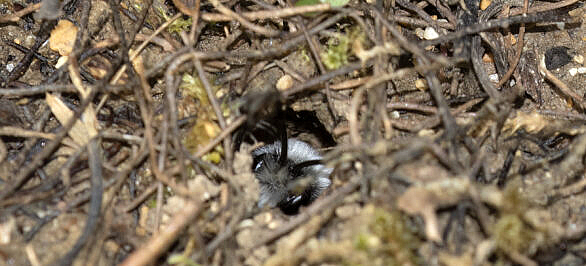

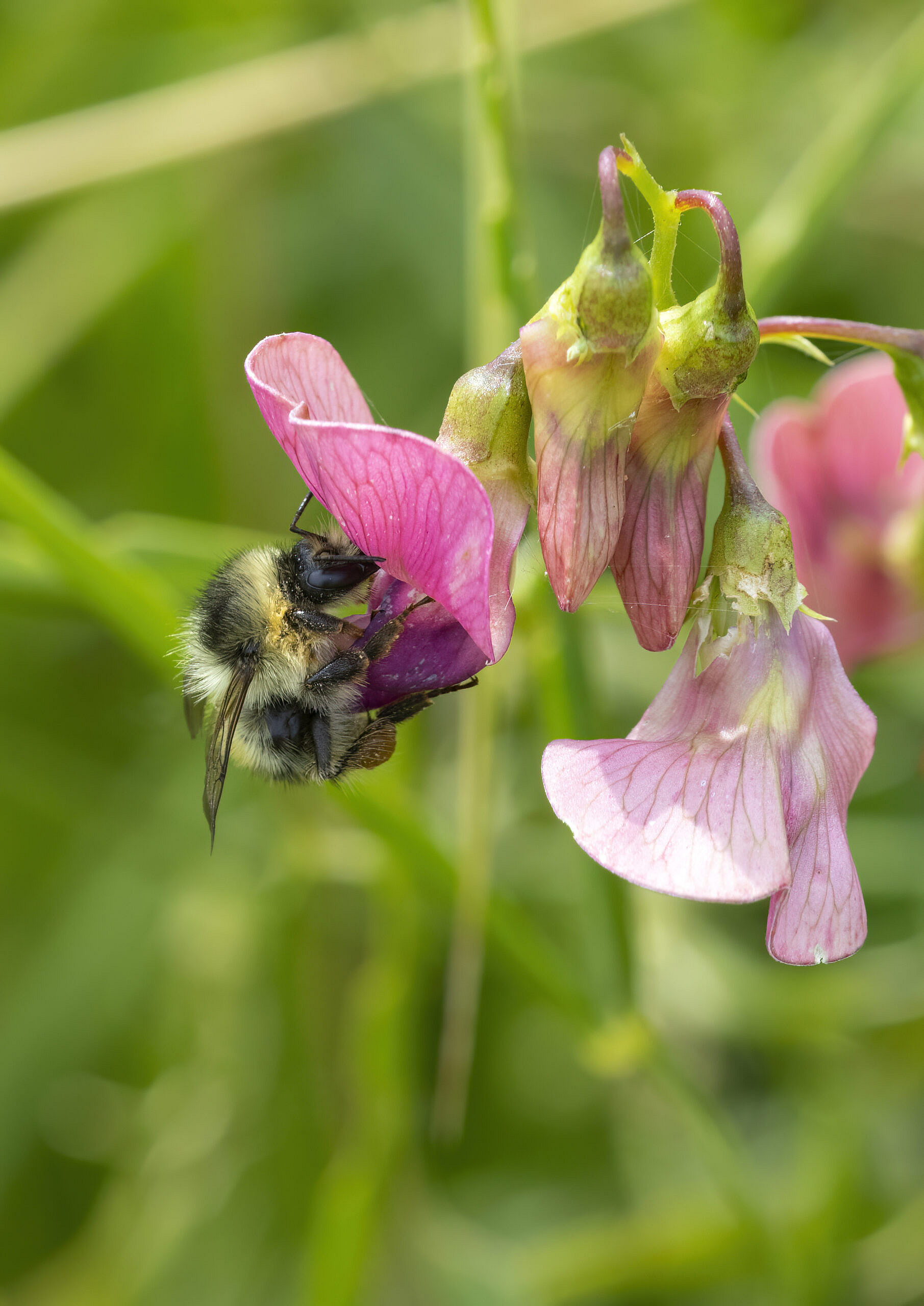
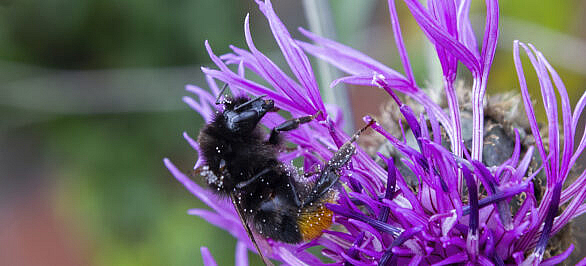
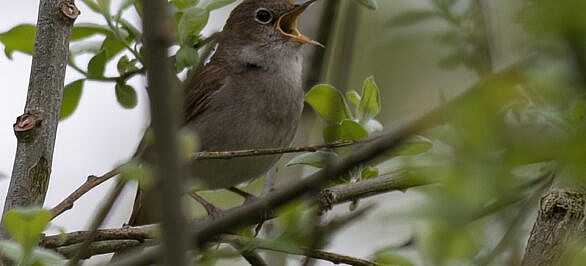
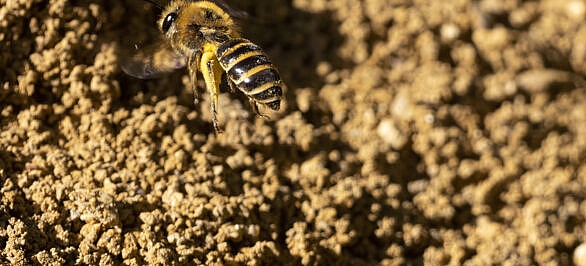

Social Profiles